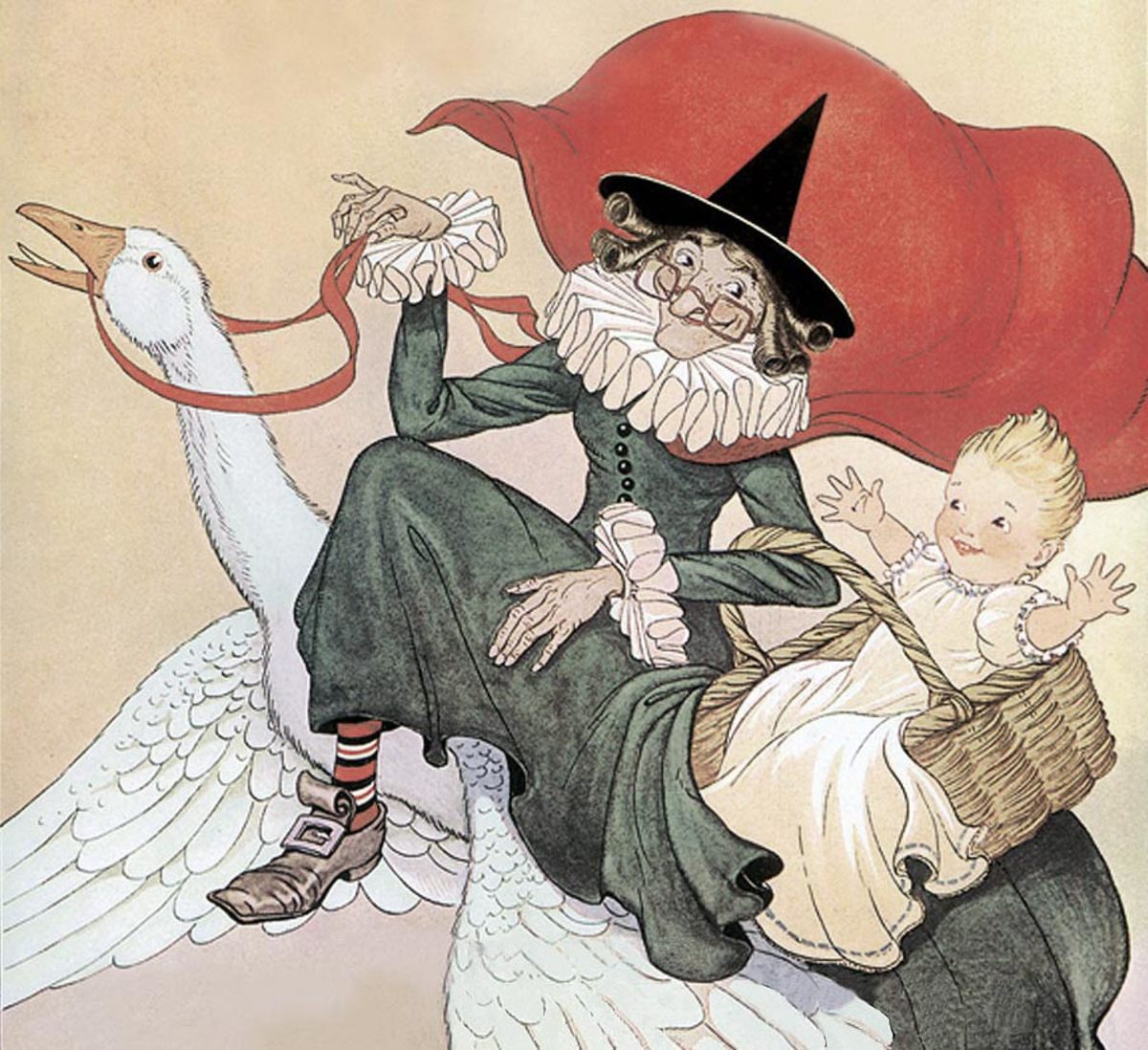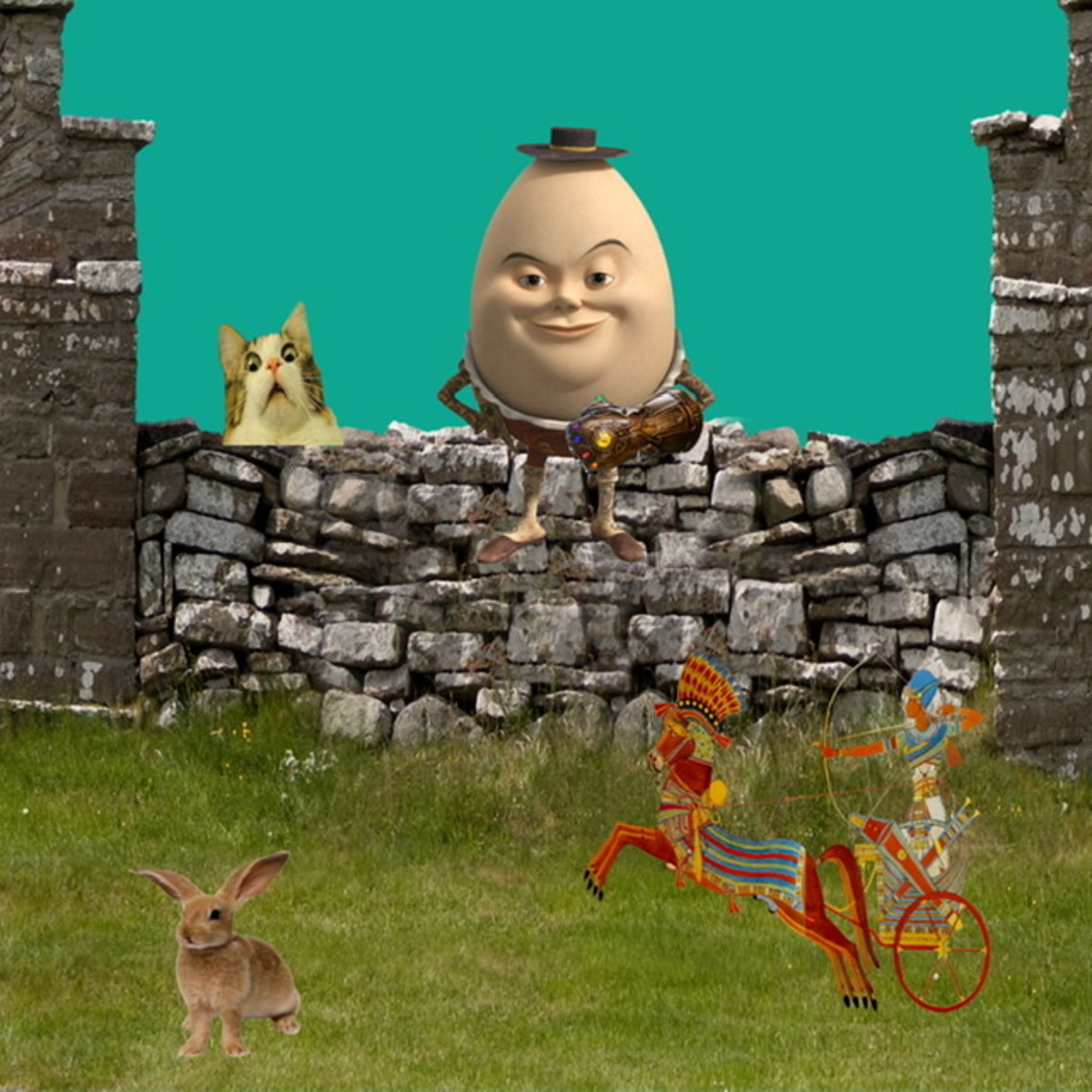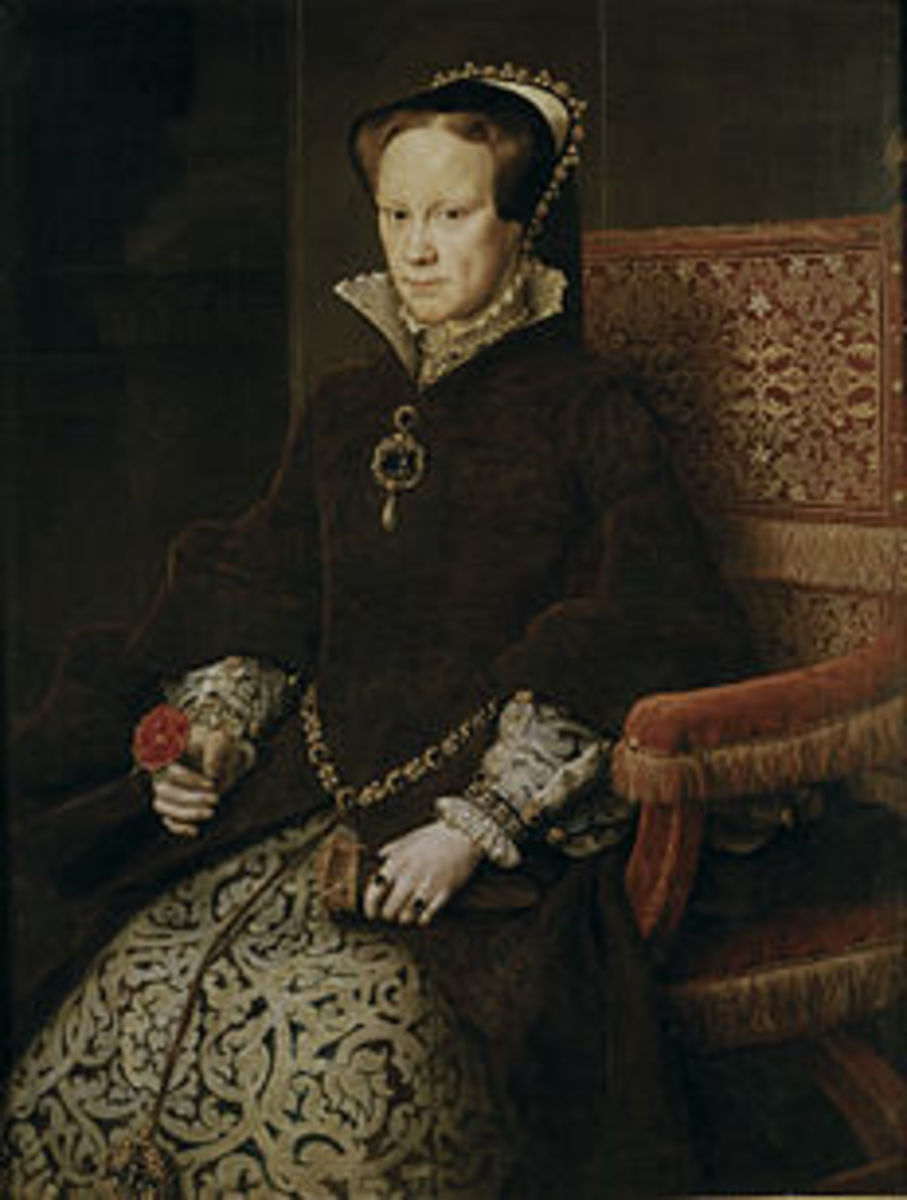Interview with Mother Goose – Part Two
Mother Goose Rhymes and Revelations
\Would you like to know the real meaning behind some of those sadistic and somewhat strange Mother Goose nursery rhymes? I promised to bring you additional Mother Goose revelations so here is Part Two of “Interview with Mother Goose.” If you missed Part One, please click on the link before you read this chapter.
As you may recall, I had the good fortune to interview two former French queens, both named Bertha, (Bertrada and Berthe respectively) who both claimed to be the original and the genuine Mother Goose. They have generously agreed to return for another visit.
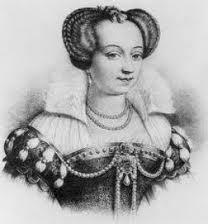
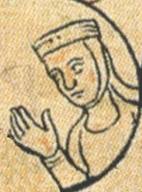
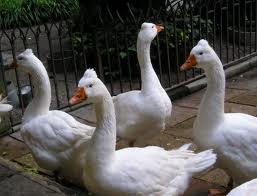

Mother Goose Interview - Part Two
me – Good day, your Royal Highnesses, and welcome to the second edition of Mother Goose Nursery Rhymes. It is a distinct pleasure to see you both again. Thank you for responding to my request.
Betrada – It is our pleasure to be sure. It is deathly quiet at our place.
Berthe – Oui, if it were not for our precious computers, life … I mean, death … would be very tedious, indeed. (They both chuckle)
me – I have learned that many of the nursery rhymes that appeared to be so harsh and frightening were based on actual events in English history, but they occurred after your time.
Bertrada – Certaimement. Most of those well-known rhymes reflected events in the 17th century but we both know their backgrounds.
me – I can’t help but wonder since you lived in the 8th and 10th centuries respectively, how would you know this history?
Berthe – We try to keep abreast with the times and the Gaggle search engine has been a great help in keeping us informed.
me – Gaggle? Gaggle means a flock of geese. Don’t you mean Google . . . oh, wait a minute. I get it.
Bertrada – Mais oui. We renamed Google to be more goose-friendly – we knew you would understand. (Both queens giggle gently)
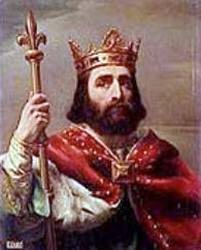
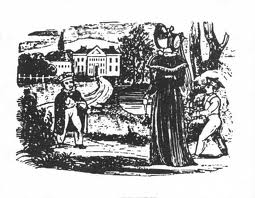
Pepin the Short
me – (Silently to myself – Everyone wants to be a comedian!) First, I need to clear up a misconception. I will address this to you, Bertrada, since King Pepin the Short was your husband and the father of Charlemagne. A perspicacious reader commented that Pepin, your husband, won that nickname because he cut his hair short. Would you elaborate?
Bertrada – Certainement. It is true that my dear husband was height-challenged – just a little over 5 feet – so his subjects gave him the nickname of Pepin the Short. He did cut his hair shorter than his royal predecessors but it was his short stature the citizens referred to.
He believed this was an impediment to his royal presence and power, so he found an opportunity to display that what he lacked in height was compensated for by strength, daring and swordsmanship.
me – You have my complete attention. What did he do?
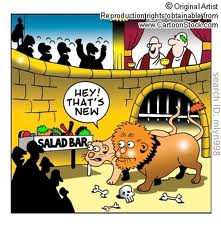
King Pepin the Short and French History
Betrada – The early Romans used gladiators to fight wild beasts in an arena. We were more civilized. We staged fights between wild animals. Much like the dog fights promoted by that U.S. football player – what’s his name?
Only we used genuine wild animals: tigers, lions, bulls, rhinos. Pepin and his court attended one of those events in which a bull and lion were savagely attempting to tear each other apart. My sweet hubby stood up at ringside and loudly cried, “Will anyone dare to separate those ferocious beasts?”
It was not the most brilliant idea he ever had. Of course, there was dead silence. Pepin leaped into the arena, drew his sword and drew the attention of the crowd … as well as the furious lion and the enraged bull. He deftly avoided their charge and killed one and then the other with his sword.
After that amazing exhibition of strength and daring, he shouted to the crowd, “Am I not worthy to be your king?” There was a deafening shout and his name, Pepin the Short, became a tern of honor, not derision. He told me all about this battle afterward. It’s a good thing I wasn’t there. I would have KILLED him!
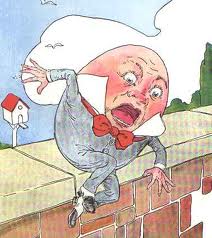
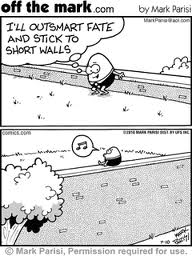
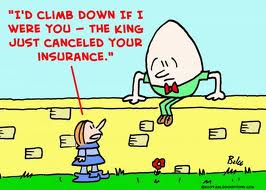
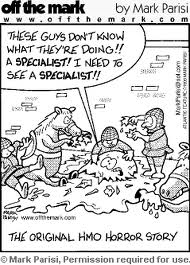
Humpty Dumpty – the true story
me – Do you know the true story of the origin of the ‘Humpty Dumpty’ nursery rhyme?
Humpty Dumpty sat on a wall. Humpty Dumpty had a great fall. All the king’s horses and all the King’s men, Couldn’t put Humpty together again.
Bertrada – Mais oui. “Humpty Dumpty” was an unflattering phrase used in 17th century England to describe someone who was obese. But Humpty Dumpty was also a term used to describe a tremendous, large and heavy cannon! It was used during the English Civil War in the Siege of Colchester in 1648.
Berthe – The Parliamentarians (Roundheads) laid siege to the Royalist town of Colchester which was heavily fortified with a strong city wall. A huge cannon was strategically placed on that wall.
A Parliamentary cannon damaged the wall beneath the Humpty Dumpy cannon and it tumbled to the ground.
Bertrada – The Royalists (Cavaliers) who were 'all the King's men' tried to raise Humpty Dumpty to another part of the wall, but it was so heavy that 'All the King's horses and all the King's men couldn't put Humpty together again!'
The town was captured by the Parliamentarians after an eleven-week siege.
Kermit Reports on Humpty Dumpty
me – That piece of English history is fascinating. Merci for the explanation.
My version; Humpty Dumpty sat on a wall. Humpty Dumpty had a great fall.
None of the king’s horses and some of the king’s men . . . had scrambled eggs for breakfast.
Berthe – In France, the breakfast would have been an omelette. (She and Bertrada chortle)
Goose Gossip: Humpty Dumpty is unique because the same rhyme is found across Europe under various titles – Boule, Boule in France, Annebadadeli in Switzerland, Lille-Trille in Denmark, and Humpelken-Pumpelken in parts of Germany, to name a few.
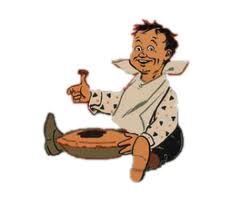
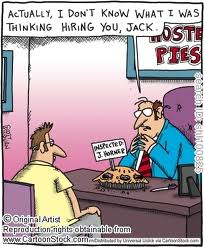
The Plum Plunder - Sesame Street
Little Jack Horner – was he real?
me – Are you familiar with the ‘Little Jack Horner’ nursery rhyme?
Little Jack Horner sat in the corner
Eating his Christmas pie,
He put in his thumb and pulled out a plum,
And said "What a good boy am I!"
Bertrada – There was a real person named Thomas Horner who was a steward to Richard Whiting, the Bishop of Glastonbury Abbey during the 16th century. Horner was sent to London with a Christmas pie to ease tensions between the king and the monasteries during a turbulent time.
Berthe – Ah, but this was no ordinary pie. Beneath the crust were title deeds to 12 valuable manor house estates. The Bishop was sending these deeds to appease King Henry VIII and his sinister minister, Thomas Cromwell.
Bertrada – It is alleged (my legal consul’s advice) that Thomas (Jack) Horner pulled quite a plum from that pie for himself – the title deed to the most expensive manor house estate.
Goose Gossip: Horner's descendants lived on the property known as Mells Manor until the 20th century.
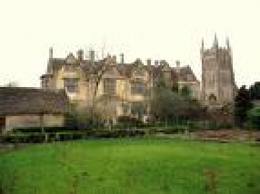
me – It seems that Jack was quite a rogue. Here’s my version of the rhyme:
Little Jack Horner has left his corner.
With deception, he accomplished a feat.
He stuck in his thumb. The guy wasn’t dumb.
Now he’s Lord of the Manor with the elite.
Goose Gossip: It may seem strange to hide such valuable deeds in a pie but this bizarre practice was commonplace to hide valuables from thieves and highwaymen.
The Mells Manor property included a number of lead mines. The Latin term for lead is ‘plumbum’. The plum Jack plucked represents a clever pun.
Rumor has it that the Bishop may have tried to bribe the king with those title deeds in order to avoid the seizure of his Abbey.
Caution: Do not share this information with the children, but the bishop’s plan was thwarted, the Abbey was destroyed, and Bishop Whiting was convicted of treachery to the Crown. He was hung … drawn … and quartered. Ugh!
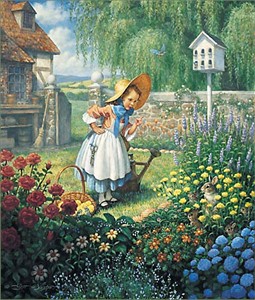
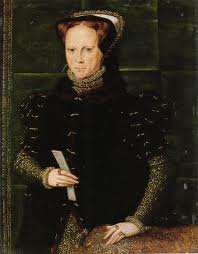
Mary, Mary, Quite Contrary – who was Mary?
me – Do you know who ‘contrary Mary’ was in this familiar nursery rhyme?
Mary, Mary, quite contrary. How does your garden grow? With silver bells and cockle shells. And pretty maids all in a row.
Bertrada – I have heard several versions but I believe that the English queen, Mary I, was the actual protagonist of that rhyme.
Berthe – (interrupting) She was called Bloody Mary but not to her face.
Bertrada – You are ‘spot on’ – a phrase I have learned from the English. Mary Tudor, the daughter of King Henry VIII, was a devoted Catholic who earned that nasty nickname because of her sadistic treatment of Protestants.

Books about Henry VIII
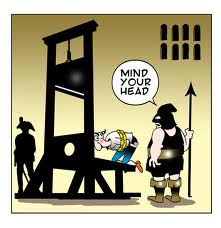
me - How sadistic was she?
Berthe – Bloody Mary ordered them executed by being burned at the stake. But first, she ordered them to be tortured with fiendish instruments – the notorious ‘silver bells’ which were thumbscrews used to crush thumbs.
Bertrada – And the ‘cockleshells” which were ingenious instruments for crushing genitals.
me – And the garden was an allusion to graveyards which were being filled by Protestant martyrs. But what did the ‘pretty maids all in a row’ represent?
Berthe – The mechanical device, the guillotine, used to sever the heads of its victims, was originally called ‘the Maiden’ and shortened to ‘maids’ in the nursery rhyme.
me – Now that’s what I call a sadistic and diabolical nursery rhyme. I prefer my kinder version:
Mary, Mary, quite contrary. How does your garden grow?
With silver bells and cockle shells and dozens of damned dandelions.
Goose Gossip: There were 300 executions during the reign of Bloody Mary. But she didn’t surpass her father. King Henry VIII was believed to have ordered the deaths of thousands of French citizens. Perhaps he was emulating Vlad Tepes - Dracula.
The guillotine, believe it or not, was a very necessary invention. Beheading a victim often caused tremendous stress and strain to the Executioner. It could take up to 11 blows to actually sever the head. Victims did not always submit willingly and sometimes had to be chased around the scaffold while being hacked by the Executioner .
More entertaining to the spectators, no doubt, than today's television reality shows like "Real Housewives of New Jersey."
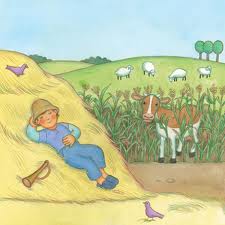
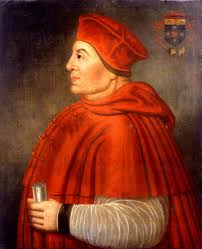
Little Boy Blue – did he exist?
me – Do you know the story behind ‘Little Boy Blue’?
Little Boy Blue, come blow your horn. The sheep’s in the meadow, the cow’s in the corn. Where is the boy who looks after the sheep? He’s under the haystack, fast asleep. Will you wake him? No, not I, for if I do, he's sure to cry.
Bertrada – There was no radio, television nor internet in those days so rhymes and limericks became an excellent way to pass on history from generation to generation.
Berthe – The boy in blue is believed to be the influential 16th century statesman and cardinal, Thomas Wolsey. He dominated the government of England from 1515 to 1529.
Bertrada – But he led a double life. Although he appeared to be the very picture of cardinal chastity, historical gossip asserts that he fathered two illegitimate children and caused so many problems that the king stripped him of his titles and powers.
me – Why was he referred to as “little boy blue?”
Bertrada – Thomas was a precocious child and received his bachelor of arts degree at Oxford when he was only 15 years old. His peers called him the “boy bachelor.”
Although he wore the red robes of a cardinal, his personal coat of arms displayed four leopards with blue faces.
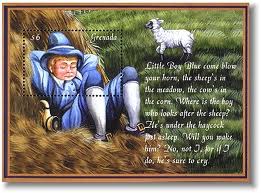
Berthe – And the reference to sheep may have stemmed from his working as a sheepherder for his father when he was a youngster.
me – Do you have an explanation for “come blow your horn” in the rhyme?
Bertrada – Mais oui. That expression is still often used today to signify someone who brags about himself.
Do you know 'the Donald’? Cardinal Wolsey was one of the most important statesmen in 16th century Tudor history. But he was not a humble man by any means.
me – Thank you for that explanation. I thought the horn was a way to summon sheep – you know like a bullhorn beckons bulls (joke) – but you are absolutely on target. Here is my version of Little Boy Blue:
Little Boy Blue, stop blowing your horn.
You have been blowing it every morn.
Do not rant and do not rave,
We know it’s PR that you crave.
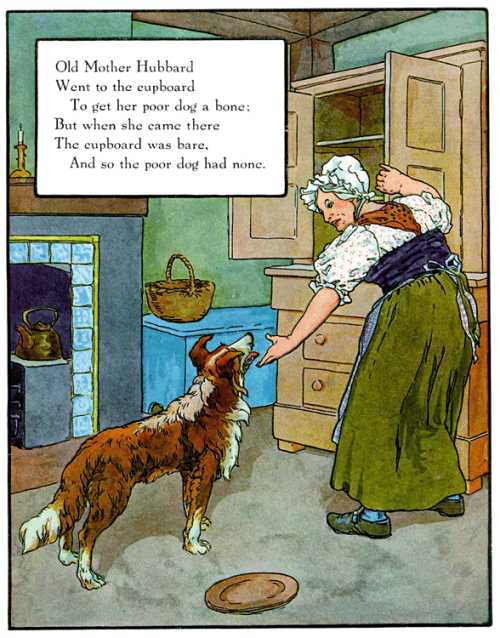
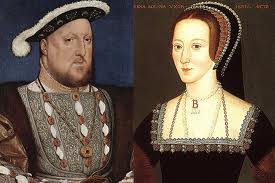
Kermit Interviews Mother Hubbard
Old Mother Hubbard – was she a real person?
me – Do you know the background of this rhyme?
Old Mother Hubbard went to the cupboard. To get her poor doggie a bone, But when she got there, the cupboard was bare, So the poor little doggie had none.
Bertrada – The infamous Cardinal Wolsey is involved in this nursery rhyme, too. It is said to allude to the explicit cause of his falling out with King Henry VIII.
Berthe – Although he had been a faithful servant to the king, Wolsey was unable to facilitate the king’s divorce from Katherine of Aragon who had been his queen for many years. Henry, le cochon (the pig) wanted to marry his latest passionate love, Anne Boleyn.
me – So Mother Hubbard represented Cardinal Wolsey?
Bertrada – Yes, and the doggie relates to the king. The bone refers to the divorce that Wolsey was unable to obtain and the cupboard represents the Catholic Church.
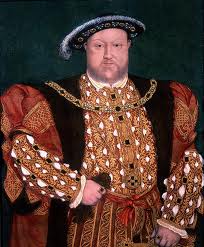
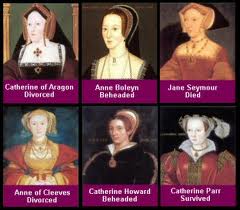
me – Here is my version:
Cardinal Wolsey had been Henry’s frère,
As rascals go, they were really a pair.
The church would not endorse
Old King Henry’s divorce.
Now Wolsey's own cupboard holds only air..
Goose Gossip: Ironically, a divorce was subsequently obtained by King Henry VIII which resulted in a break with Rome and the formation of the English Protestant church.
Henry VIII's love affair with Anne Boleyn came to a nasty end. She was one of the two wives he had beheaded.
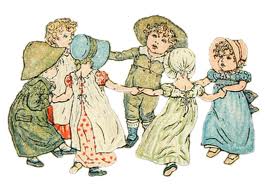
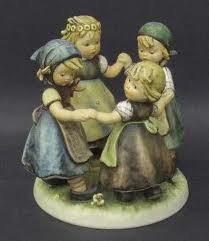
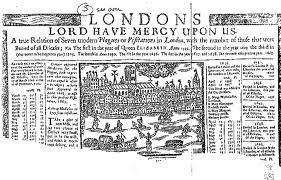
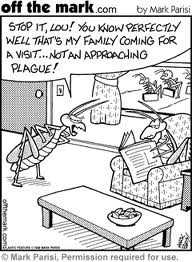
Ring around the Rosy – every child knows this rhyme
me – do you know the origin of this nursery rhyme?
Ring around the rosy, a pocketful of posies.
Ashes, ashes, we all fall down.
Bertrada – Yes, and it has a horrible history. It relates to the time of the Black Plague of London and Edinburgh, Scotland in 1664. More than 70,000 people died as a result of the terrible Bubonic or Black Plague that was said to have been caused by bacteria transmitted by rat fleas.
me – And what does the rosy ring refer to?
Berthe – The rosy ring is the circular red rash that was one of its symptoms.
Bertrada – And the pocket full of posies relates to the flowers (herbs) that people carried with them because they believed the disease was transmitted by the deathly odors.
Berthe – The lines, "Ashes! Ashes! We all fall down" refers to people dying and being cremated.
Goose Gossip: The death rate of the Great Plague was over 60% of the London population and was halted only by the Great Fire in1666 which killed the rats carrying the disease.

Ish Kabibble with Kay Kyser's band
Father Goose trailer 1964
Here are 3 more of my 17 Interviews with Dead Celebrities
- Interview with Mother Goose - Part One
Was Mother Goose a legend or a real person? Read on to discover the amazing facts. - Interview with Napoleon Bonaparte
Good news! I have invented a praiseworthy process for interviewing famous people who are no longer around . . . to defend themselves . . . or sue for libel. - Interview with Dracula
You already know all about my superior, supernatural method of interviewing if you read my previous interviews with 'dead people.'
me – It’s good that children do not know exactly what these macabre words represent when they chant them. Here is my version:
Ring around the rosie, pocket full of posie.
Ah-choo, ah-choo, go and fetch a tissue.
Which is a segue to one of my favorite rhymes by Ish Kabibble (of the Kay Kyser Band). I’ve added the last two lines:
A Sneeze
I sneezed a sneeze into the air,
It fell to earth I know not where.
But hard and cold were the looks of those,
In the vicinity where I snoze.
With me, those folks all had an issue,
I did not use my Kleenex tissue.
Goose Gossip: The name, ‘Ish Kabibble’, derives from the Yiddish expression ‘Ische ga bibble?’ meaning ‘What, me worry?’ This expression was later appropriated by MAD Magazine as a motto for its Ish Kabibble-like fictitious mascot, Alfred E. Neuman.
me – Thank you, Bertrada, Berthe, for sharing all your Mother Goose knowledge. Let’s hurry now, I'm taking you to a revival of the film, ‘Father Goose', with Cary Grant and Leslie Caron.
Sources: Bett, Henry Nursery Rhymes and Tales - Their Origin and History. London: Methuen & Co. Ltd., 1968 ... Delamar, Gloria T. Mother Goose - From Nursery to Literature. North Carolina; McFarland and Company, Inc., 1987 ... Eckenstein, Lina. Comparative Studies in Nursery Rhymes. London: Duckworth & Co., 1906 ... Opie, Iona, and Peter, eds. The Oxford Dictionary of Nursery Rhymes. New York: Oxford University Press, 1951.
© Copyright BJ Rakow, Ph.D. 2011. All rights reserved. Author, "Much of What You Know about Job Search Just Ain't So"





